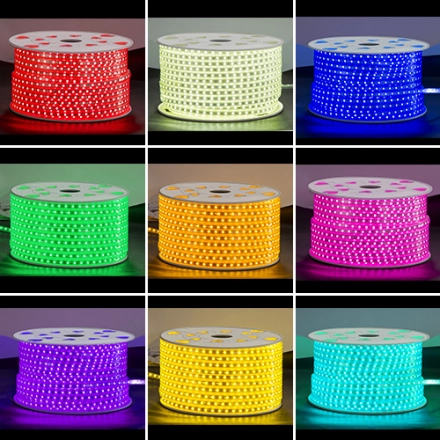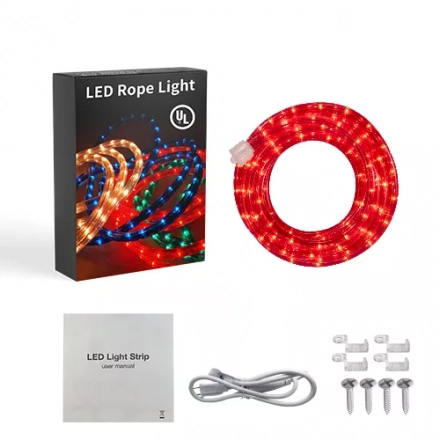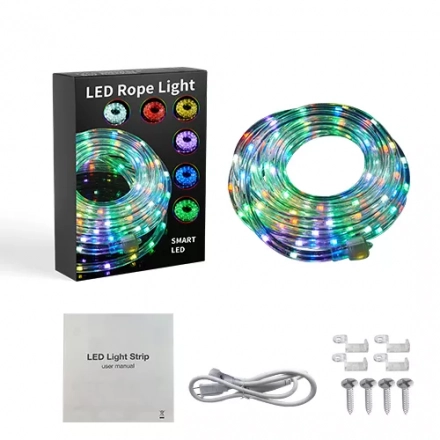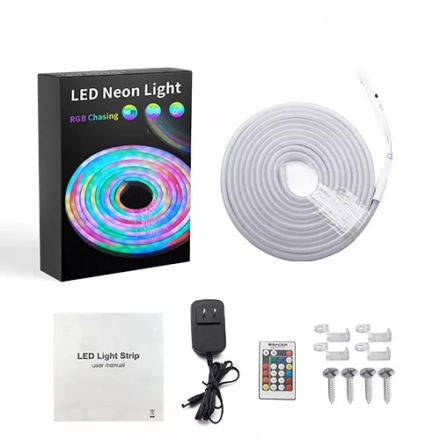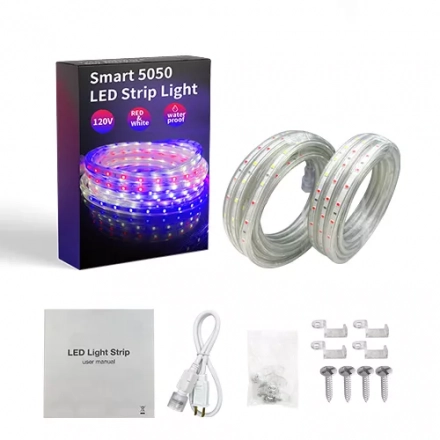Introduction to the Main Features of Addressable LED Strips
Addressable LED strips have become increasingly popular in recent years due to their versatility and stunning visual effects. These strips are designed with individual programmable LEDs, allowing for precise control over color, brightness, and animation patterns. In this article, we will explore the main features of addressable LED strips and understand why they have become a favorite choice for lighting enthusiasts and professionals alike.
One of the key features of addressable LED strips is their ability to control each individual LED independently. Unlike traditional LED strips where all the LEDs share the same color and brightness settings, addressable LED strips allow you to control each LED separately. This means that you can create dynamic lighting effects, such as chasing patterns, color gradients, and even animations. The level of control provided by addressable LED strips opens up a wide range of creative possibilities.
Addressable LED strips are compatible with various controllers and microcontrollers, which makes them easy to integrate into different systems and environments. They typically use protocols like WS2812 or APA102, which allow for simple communication with the LEDs. This compatibility with popular platforms and programming languages makes it easier for developers and hobbyists to incorporate addressable LED strips into their projects.
Another important feature of addressable LED strips is their flexibility. Most addressable LED strips come in a flexible circuit board, allowing them to be bent and curved to fit different shapes and installations. This flexibility makes them suitable for a wide range of applications, from accent lighting in residential spaces to stage lighting in large events. The ability to shape and mold the LED strips opens up endless design possibilities, enabling users to create unique and visually striking lighting installations.
Addressable LED strips are available in different lengths, densities, and colors. You can find them in various lengths ranging from a few centimeters to several meters, allowing you to choose the right size for your project. Additionally, the density of LEDs per meter can vary, offering options for different levels of brightness and visual impact. Furthermore, addressable LED strips are available in a wide range of colors, including RGB (Red, Green, Blue) and RGBW (Red, Green, Blue, White), providing flexibility in creating vibrant and diverse lighting effects.
In conclusion, addressable LED strips offer a host of features that make them a popular choice for lighting applications. Their ability to control each LED individually, compatibility with controllers and microcontrollers, flexibility, and availability in different lengths, densities, and colors make them versatile and suitable for various projects. Whether you are a lighting enthusiast, a professional designer, or a hobbyist, addressable LED strips provide endless possibilities to create captivating and dynamic lighting displays.

